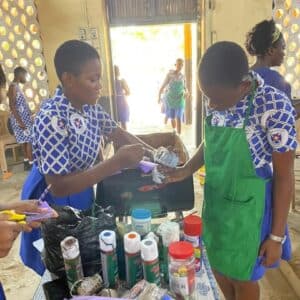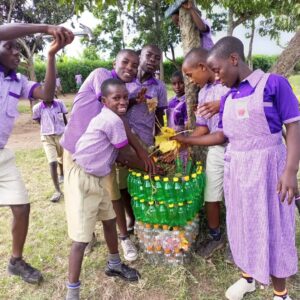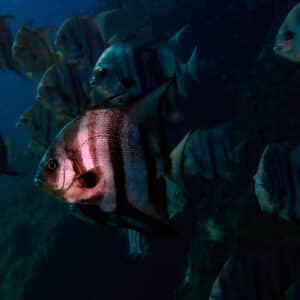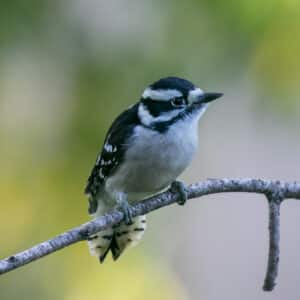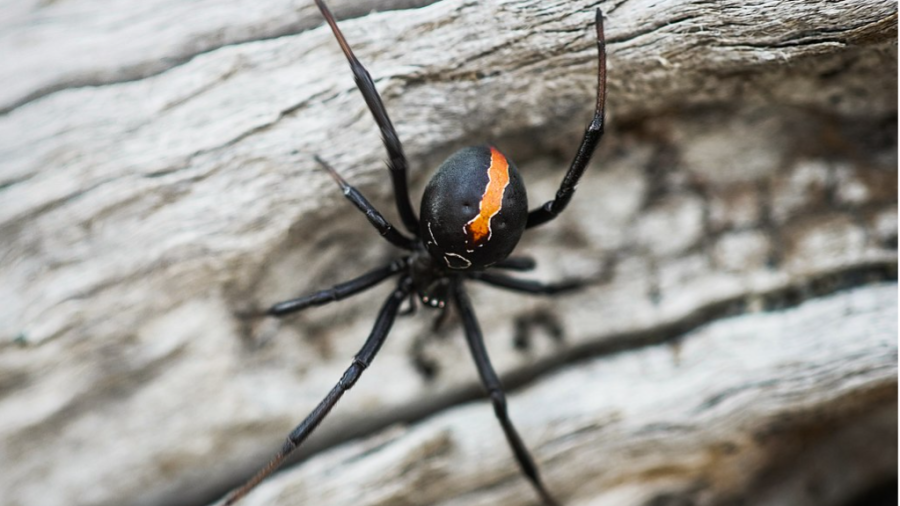Bounce Back, the fourth installment in A Rocha’s ‘Elements of Hope’ video series, asks us to examine where we find our hope amidst environmental disaster, such as extreme wildfires or terrible floods. The film explores the idea of ‘refugium’, defined as an area in which a population of organisms can survive through a period of unfavourable conditions, especially glaciation and fire. In the example of Mount Saint Helens in the USA, after the forests were destroyed by a volcanic blast, ecologists were surprised to see regeneration happen much faster than expected. They attributed this to small pockets of refugia that were able to persist and help the rest of the ecosystem recover.
Forests do not regenerate without fire, and, like our own personal walk with Christ, we too must face challenges and be pruned and refined to grow in our faith. Loving God’s creation comes with lament and heartbreak for the things that are lost. But there is hope. Reflecting on the devastating wildfires of 2019, A Rocha Australia National Director Stuart Blanch states, ‘The word of God points us to the importance of creation care. I want to be optimistic, not naive, and hopeful, determined. That’s the mindset we have to have. If we give up, we’ll just lose more…. Christians needs to be the forefront of caring for creation and nature. It’s not a distraction from the gospel; it’s where we demonstrate that we are committed to loving our neighbours and loving God who gave us this good world.’
Learn more about finding hope amidst disaster in Bounce Back and please share with your church, school, bible study or youth group. You can find the accompanying discussion guide here and download the video from our Vimeo channel here


